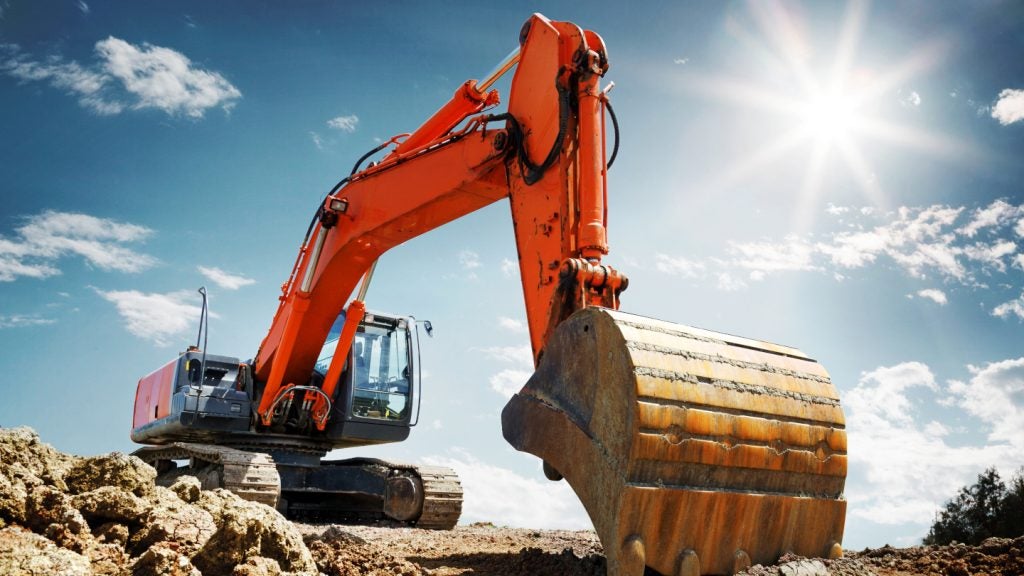The Tampakan copper-gold mine was proposed to be developed in the southern Philippines, 50km north of General Santos City on the island of Mindanao. It is the largest undeveloped copper-gold resource in the South-East Asia Western-Pacific region.
The mine was jointly owned by Tampakan Mining and Southcot Mining (together 60%) and Indophil Resources (40%). Sagittarius Mines (SMI) was the developer of the project on behalf of its shareholders Xstrata Copper (now Glencore Xstrata) and Indophil Resources. The title to the deposit was held under a financial and technical assistance agreement (FTAA) with the Philippines government, which was agreed to take a pre-determined share of the project cash flow, on payment of the development capital.
The $5.9bn Tampakan mining project was considered as the single largest foreign direct investment in the Philippines.
The feasibility study was submitted to the Philippines Government in April 2010. The project was granted an environmental compliance certificate by the government in February 2013.
SMI revised its work plan for the project in August 2013 to collaborate with the national government and other stakeholders for implementation of the project.
The project was, however, suspended following the provincial ban on open-pit mining operations in the province.
The Municipality of Tampakan terminated the municipal principal agreement with Sagittarius Mines in August 2020.
Tampakan mine reserves
The Tampakan mine was estimated to hold 2.94 billion tonnes of resources, graded at an average 0.51% copper, and 0.19g/t gold, representing 15.0 million tonnes (Mt) of copper and 17.6 million ounces (Moz) of gold. The mine was anticipated to produce an average of 375,000tpa of copper and 360,000oz per annum of gold over its 17 years of mine life.
Geology of Tampakan gold-copper project
The high-sulphidation epithermal deposit overlies a porphyry copper system. The deposit lies at the southern end of the Central Mindanao Cordillera within the Cotabato Fault Zone. The west-north-west trending sinistral strike-slip fault extends 100km and separates the southern and northern structural domain of Mindanao. Two flat-lying areas, the Cotabato and Sarangani basins border the Tampakan district to the west and the east respectively.
The core of the district was characterised by a Miocene aged basement sequence consisting of basalt and basaltic andesite lavas and related volcaniclastic sediments. The sequence folds along a north-west striking ramp anticline.
Towards the north, the exposed section of the sequence is defined by the Alip River fault zone, a significant west-north-west trending left-lateral structure.
Towards the south, the Tampakan Andesite sequence, the main primary stratigraphic unit within the district, overlies the section.
The Pliocene-aged Tampakan Andesite sequence is a stratovolcanic complex composed of andesites. Characterised by deep dissections and erosions, the andesite sequence includes a series of grey to dark green porphyritic flow units composed of pyroxene, hornblende and andesite. It achieves a thickness of more than 650m and plunges 10° to 20° to the west-south-west in the immediate deposit zone. A series of hornblende diorite porphyry stocks and dykes of the same era intrude the Tampakan Andesite sequence.
The Tampakan copper-gold deposit is hosted immediately below the western end of the truncated upper surface of the fourth andesitic volcanic cycle recognised within the complex. The fourth andesitic volcanic cycle manifests within digital elevation models as a Pliocene aged, dissected, central vent stratocone. Widespread-argillic, advanced-argillic and intermediate-argillic alteration affect the sequence till an area of more than 90km².
Mineralisation at Tampakan mine
Mineralisation at Tampakan included high-sulphidation style copper-gold that is related with, and central to, flat-dipping tabular structures of pervasive silica-clay and silica alteration. At approximately 0.3% copper distribution at contour, the deposit hosts up to 400m thick flat-lying to gently plunging tabular structures of mineralisation.
The high-sulphidation epithermal mineralisation occurs as veins, fractures, vug-fills or as disseminations at deeper levels. It includes copper-rich digenite, bornite and enargite. Chalcocite and covellite are also found to a lesser degree. Pyrite is usually found throughout the deposit while enargite is distributed, along with late-stage bodies and in zones of strong silicification.
At depths, porphyry-copper style mineralisation includes disseminated chalcopyrite, pyrite and bornite related with quartz-stockwork veining developed variably.
Mining at Tampakan gold-copper mine
SMI selected open-pit mining as the only viable method due to the nature and geology of the deposit.
Mining activities were planned to include preparation of the site, drilling and blasting of the ore and waste rock. Ore and waste rock was supposed to be extracted using large mechanical shovels, excavators and trucks. The ore was proposed to be hauled to the ore stockpile or the crusher while the waste rock to the waste rock storage facility (WRSF).
The produced copper-gold concentrate was planned to be transported to the port via a buried pipeline. The tailings and waste rock were to be stored in a tailings storage facility (TSF).










